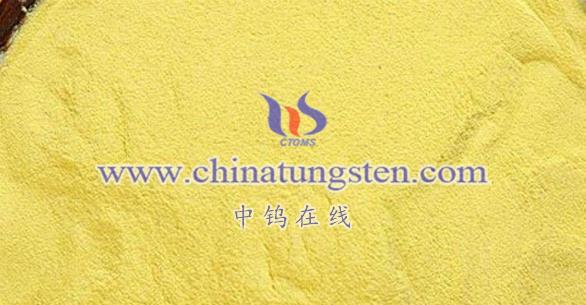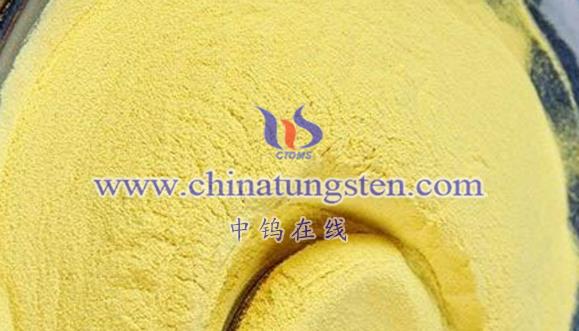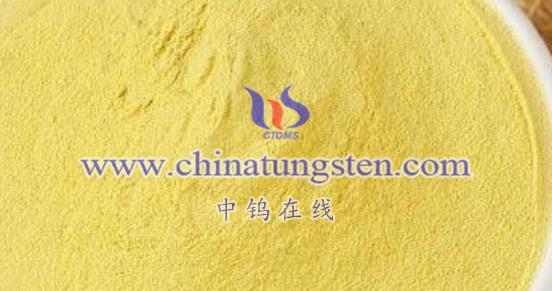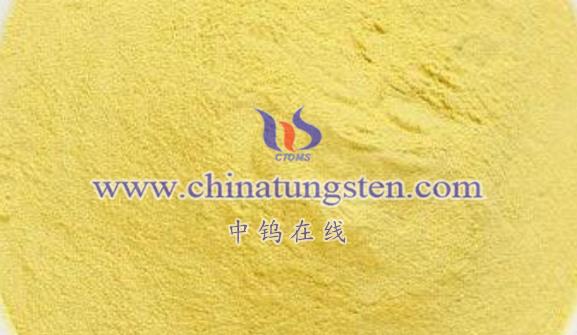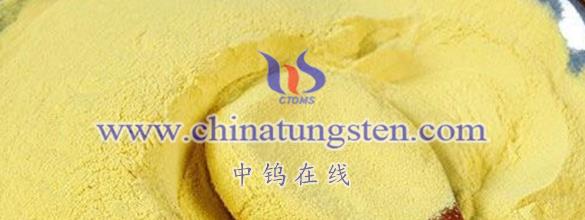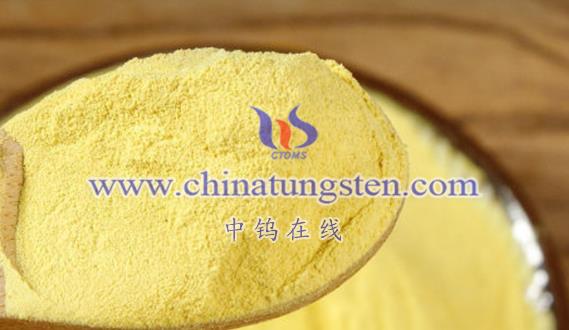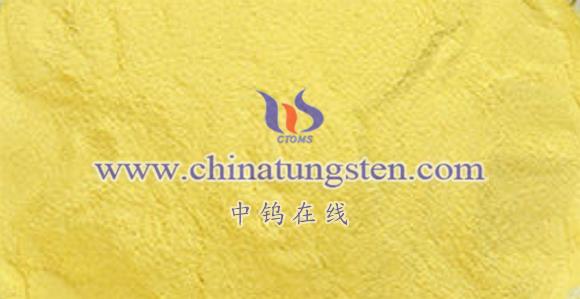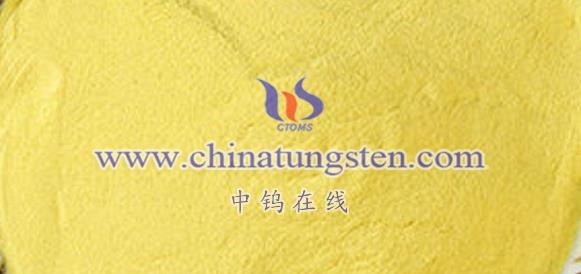
Sub-nanometer yellow tungsten (typically referring to nanometer or sub-nanometer tungsten trioxide, WO₃) differs significantly from ordinary tungsten oxide (bulk WO₃) in various aspects. Below is a detailed comparison:
- Particle Size and Surface Area
- Sub-Nanometer Yellow Tungsten
- Particle size is at the nanometer or sub-nanometer scale.
- Significantly larger specific surface area enhances surface activity, making it ideal for applications requiring high surface interactions such as catalysis and adsorption.
- Ordinary Tungsten Oxide
- Larger particle size results in a smaller specific surface area.
- Limited surface effect, reducing efficiency in catalytic and adsorption applications.
- Physical Properties
- Color and Optical Properties
- Sub-Nanometer Yellow Tungsten: Exhibits unique optical properties due to its quantum size effects, which may result in variations in color or gloss.
- Ordinary Tungsten Oxide: Standard optical properties without significant quantum effects.
- Melting and Boiling Points
- Both materials have similar theoretical melting (about 1470°C) and boiling points (about 1750°C). However, sub-nanometer yellow tungsten demonstrates better thermal stability and resistance to sintering under high-temperature conditions due to its reduced particle size.
- Chemical Properties
- Reactivity and Solubility
- Sub-Nanometer Yellow Tungsten: Higher reactivity due to its increased surface area and surface energy. While WO₃ is generally insoluble in water and most acids (except hydrofluoric acid), the nanoscale version interacts more readily with its environment.
- Ordinary Tungsten Oxide: Lower reactivity and less interaction with solvents and reactants.
- Catalytic Activity
- Sub-Nanometer Yellow Tungsten: Exhibits superior catalytic properties, making it effective in accelerating chemical reactions, especially in petrochemical processing and environmental remediation.
- Ordinary Tungsten Oxide: Limited catalytic applications due to lower activity.
- Application Fields
- Sub-Nanometer Yellow Tungsten
- Catalysis: High activity makes it suitable for petrochemical, biodegradation, and wastewater treatment.
- Sensors: Excellent sensitivity for gas sensing applications (e.g., CO, NOx).
- Thermal Insulation: Used in advanced coatings and films for energy-saving windows.
- Energy Storage: Anode material in lithium-ion batteries for improved energy density and longevity.
- Optoelectronics: In solar cells and photochromic devices due to its enhanced optical properties.
- Ordinary Tungsten Oxide
- Mainly used in the production of hard alloys, tungsten products, and some basic ceramic materials where advanced nanomaterial properties are unnecessary.
- Fabrication Techniques
- Sub-Nanometer Yellow Tungsten
- Requires advanced fabrication methods such as ultrasonic chemical synthesis, vapor-phase deposition, and hydrothermal methods. These processes allow precise control over particle size, morphology, and properties but involve higher costs and technical complexity.
- Ordinary Tungsten Oxide
- Produced using simpler and cost-effective methods like the calcination of ammonium paratungstate (APT). However, these methods cannot achieve nanoscale control or enhance material properties significantly.
Key Differences: Summary
| Aspect | Sub-Nanometer Yellow Tungsten | Ordinary Tungsten Oxide |
| Particle Size | Nanometer or sub-nanometer scale | Micron scale |
| Surface Area | High (large specific surface area) | Low |
| Optical Properties | Enhanced, quantum effects observable | Standard |
| Thermal Stability | High, resistant to sintering | Moderate |
| Catalytic Activity | High, suitable for advanced applications | Limited |
| Applications | Catalysis, sensors, energy storage, optoelectronics | Hard alloys, basic ceramics |
| Production | Complex, high-tech methods | Simple, low-cost methods |
Conclusion
Sub-nanometer yellow tungsten outperforms ordinary tungsten oxide in terms of activity, stability, and application scope, making it suitable for high-performance and specialized industries. However, its production challenges and higher costs may limit widespread use compared to ordinary tungsten oxide in less demanding applications.
More details of tungsten oxide product, please visit website: tungsten-oxide.com
Please contact CHINATUNGSTEN for inquiry and order of tungsten oxide:
Email: sales@chinatungsten.com
Tel.: 86 592 5129595
